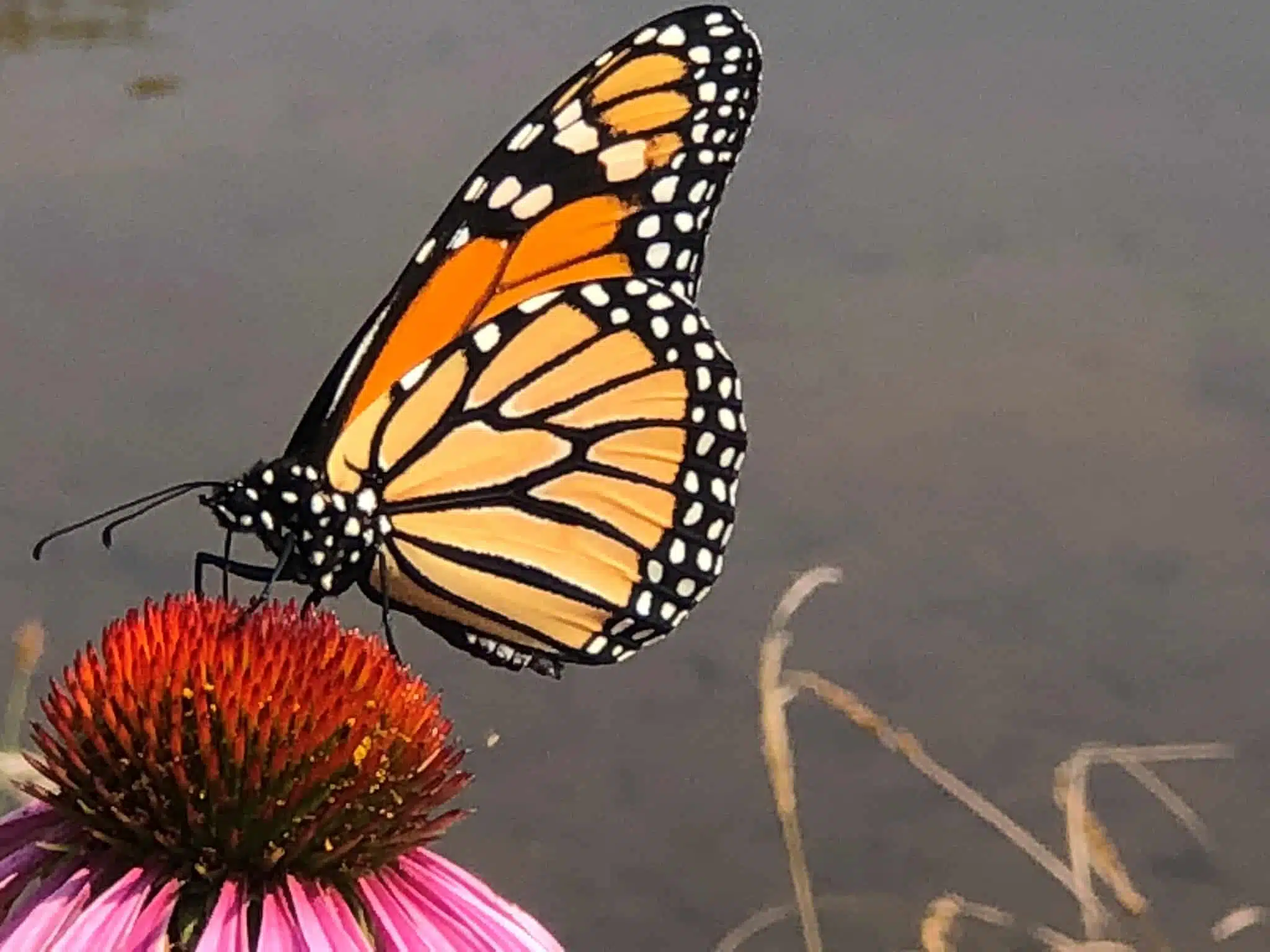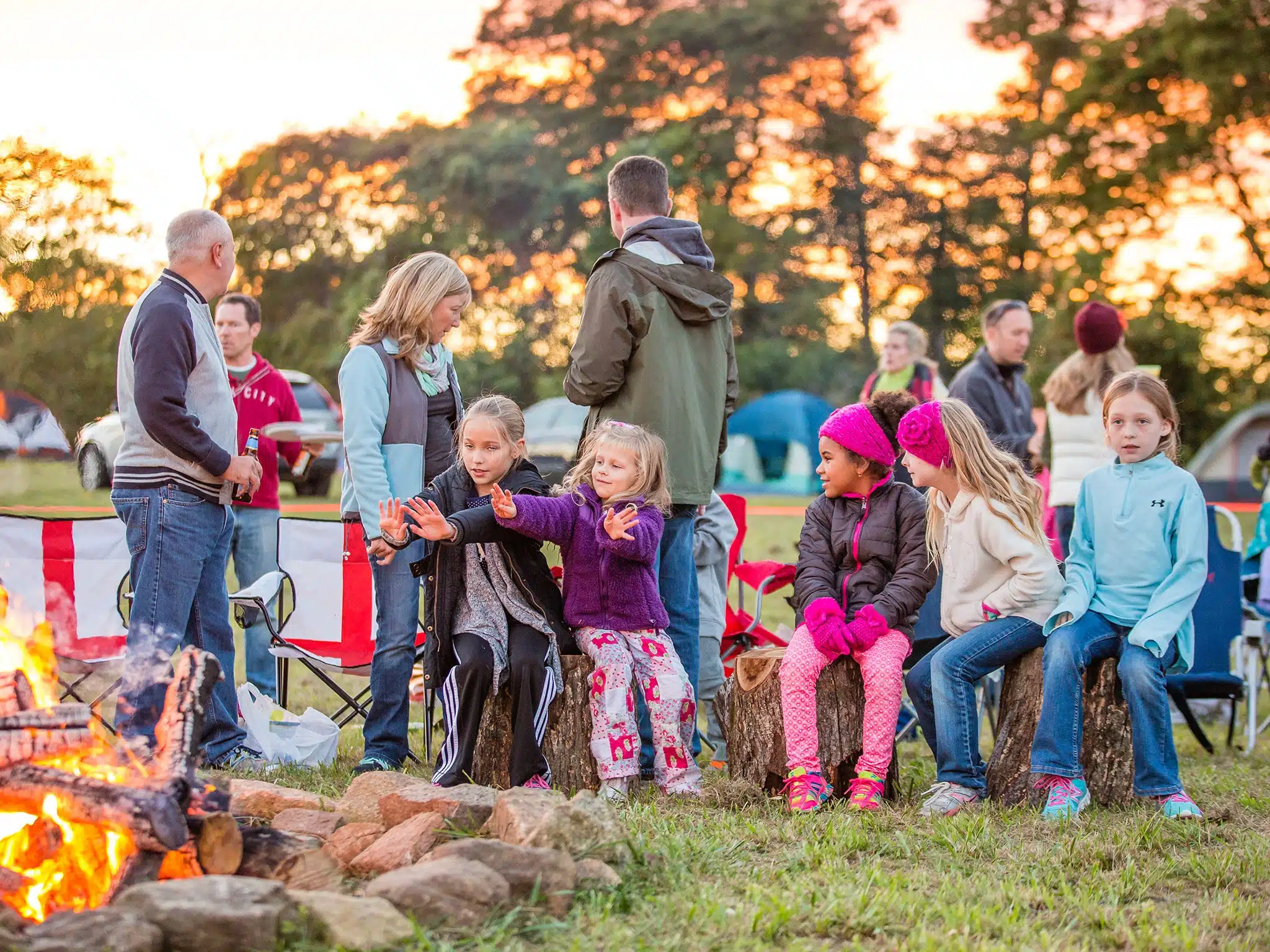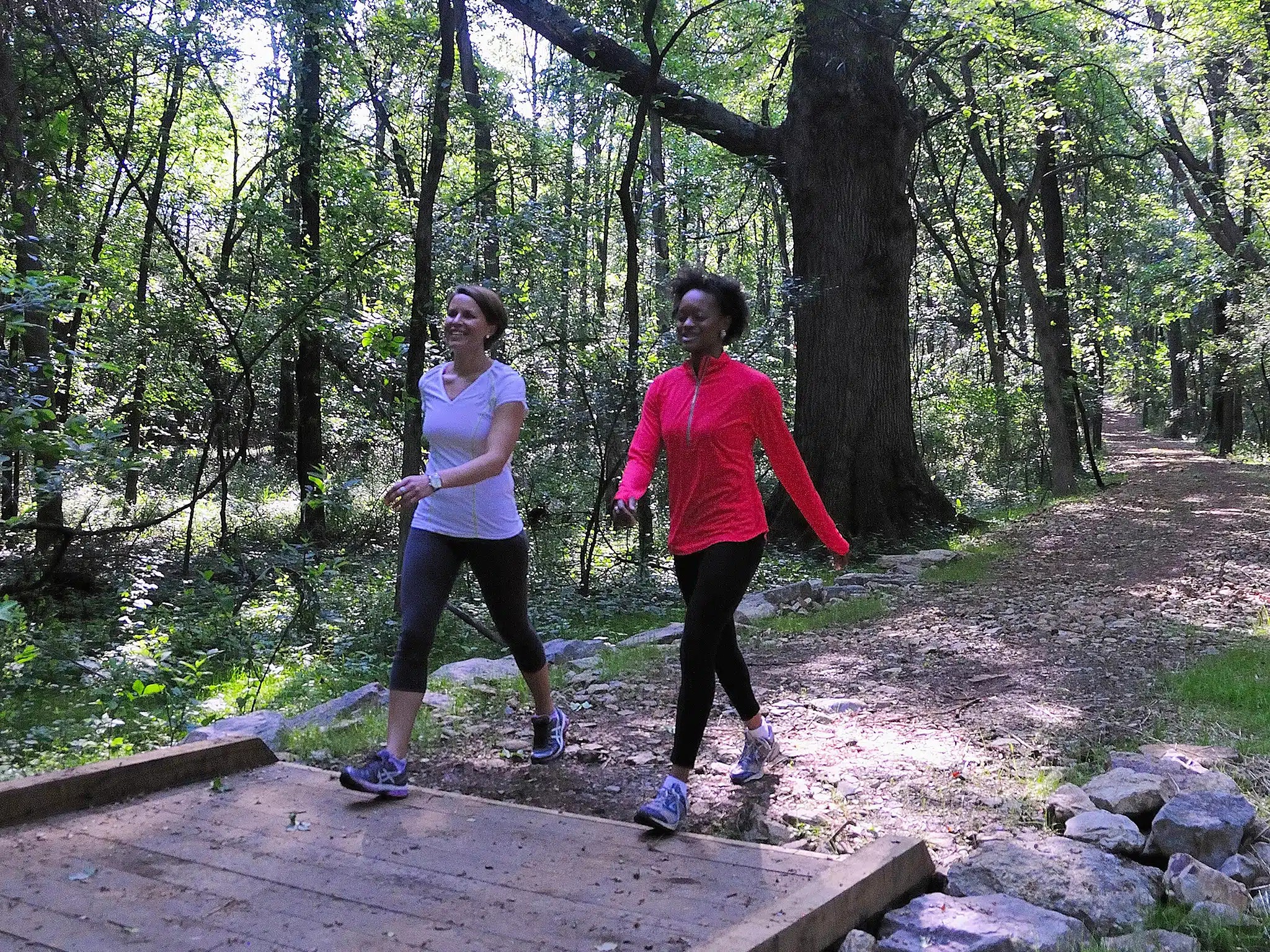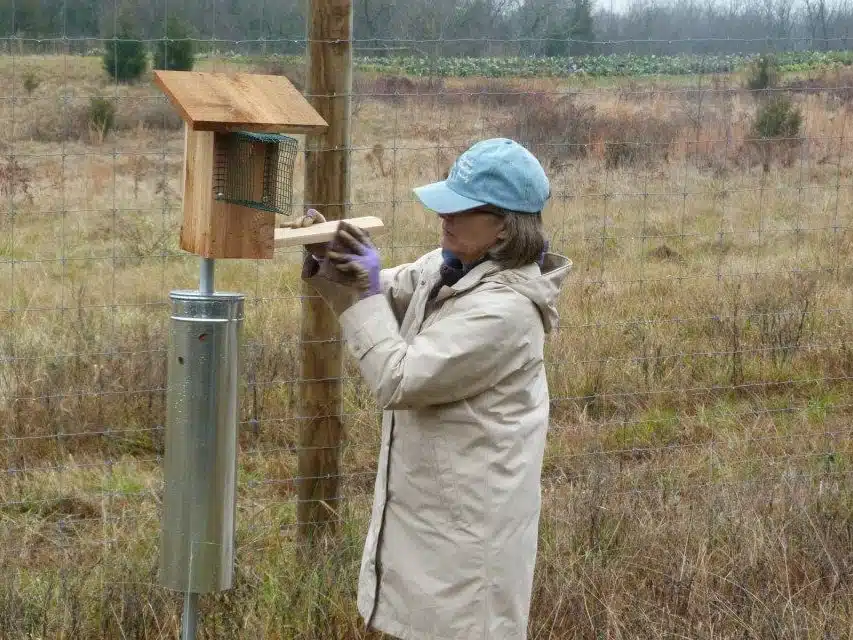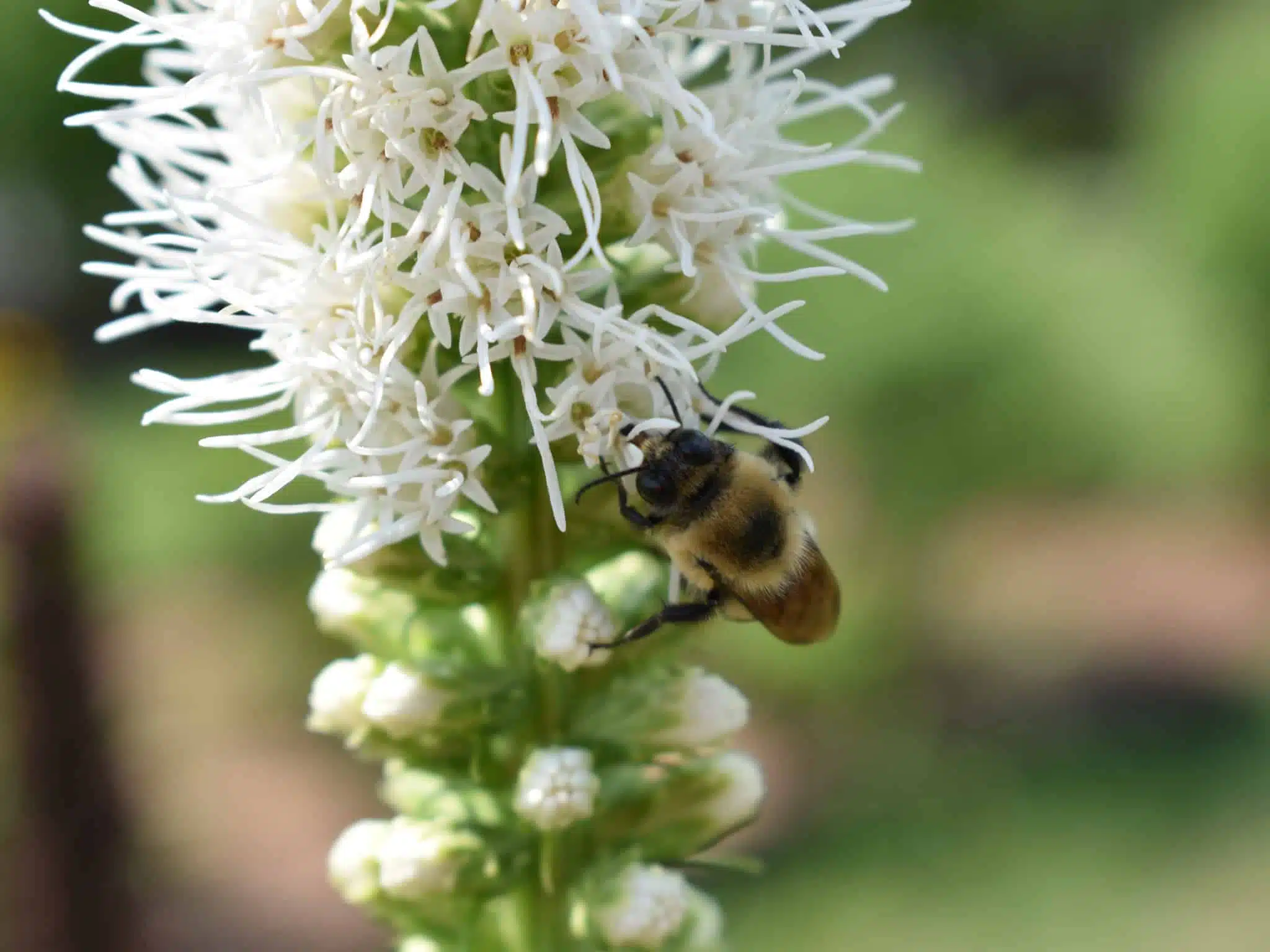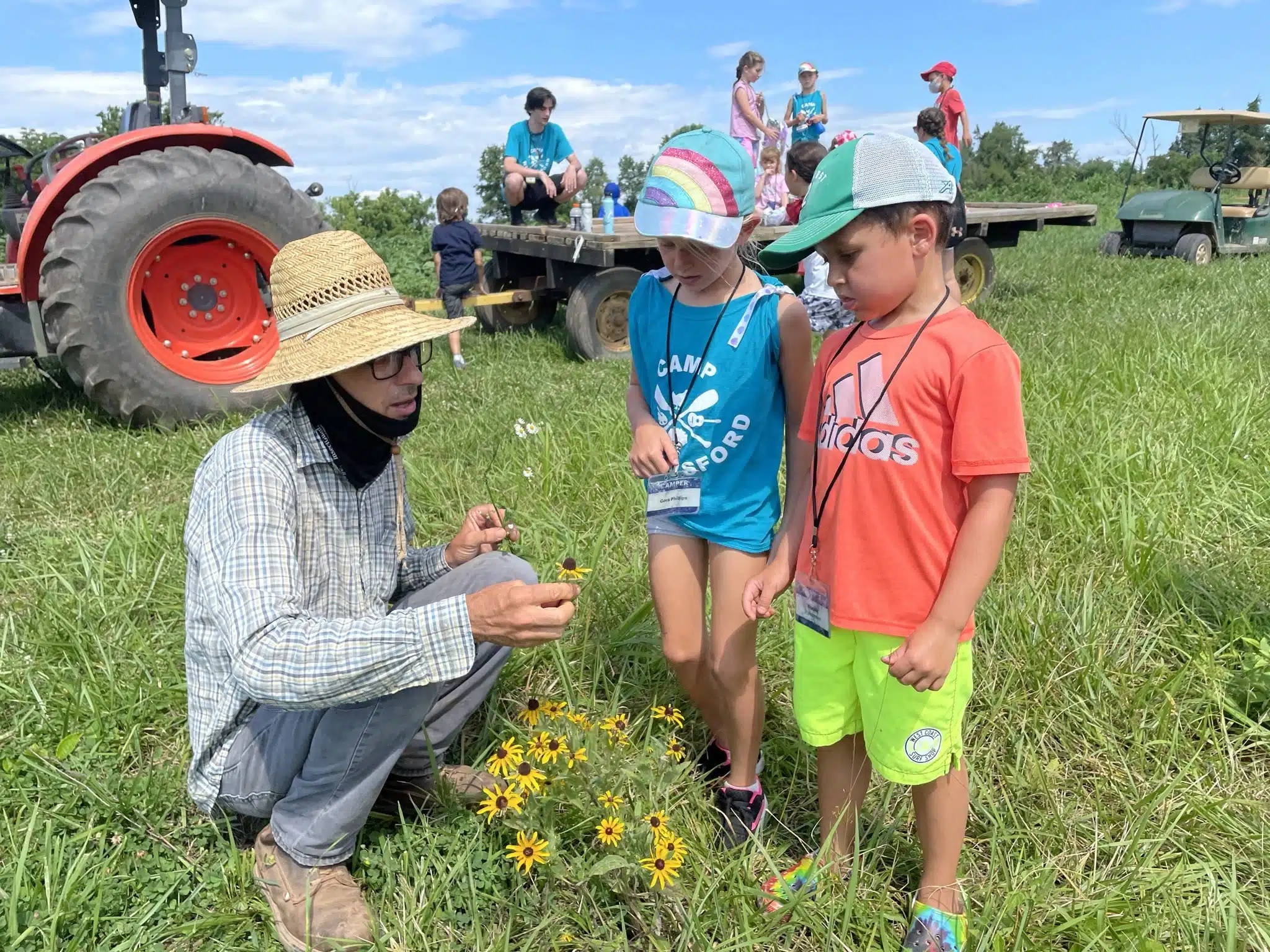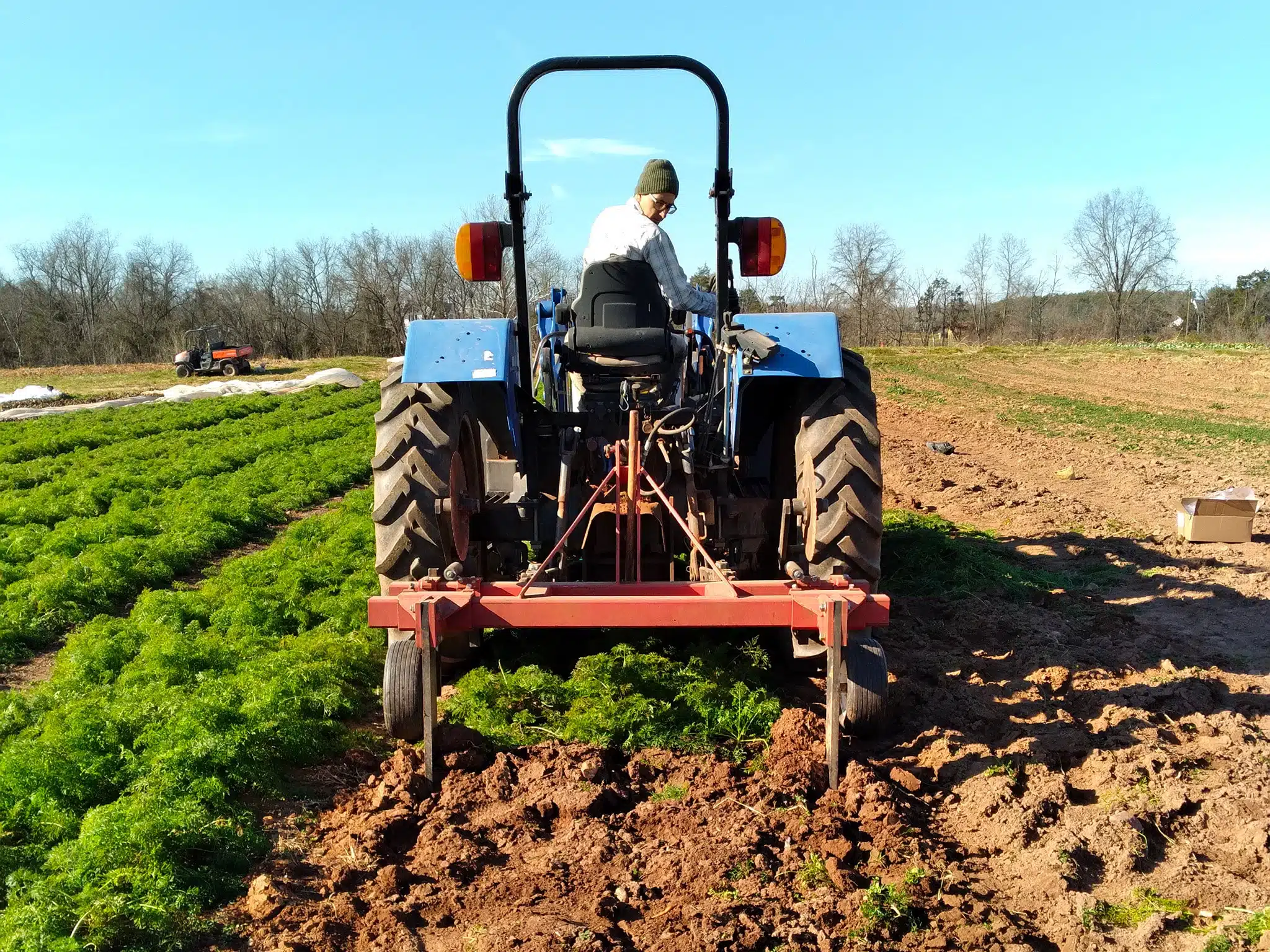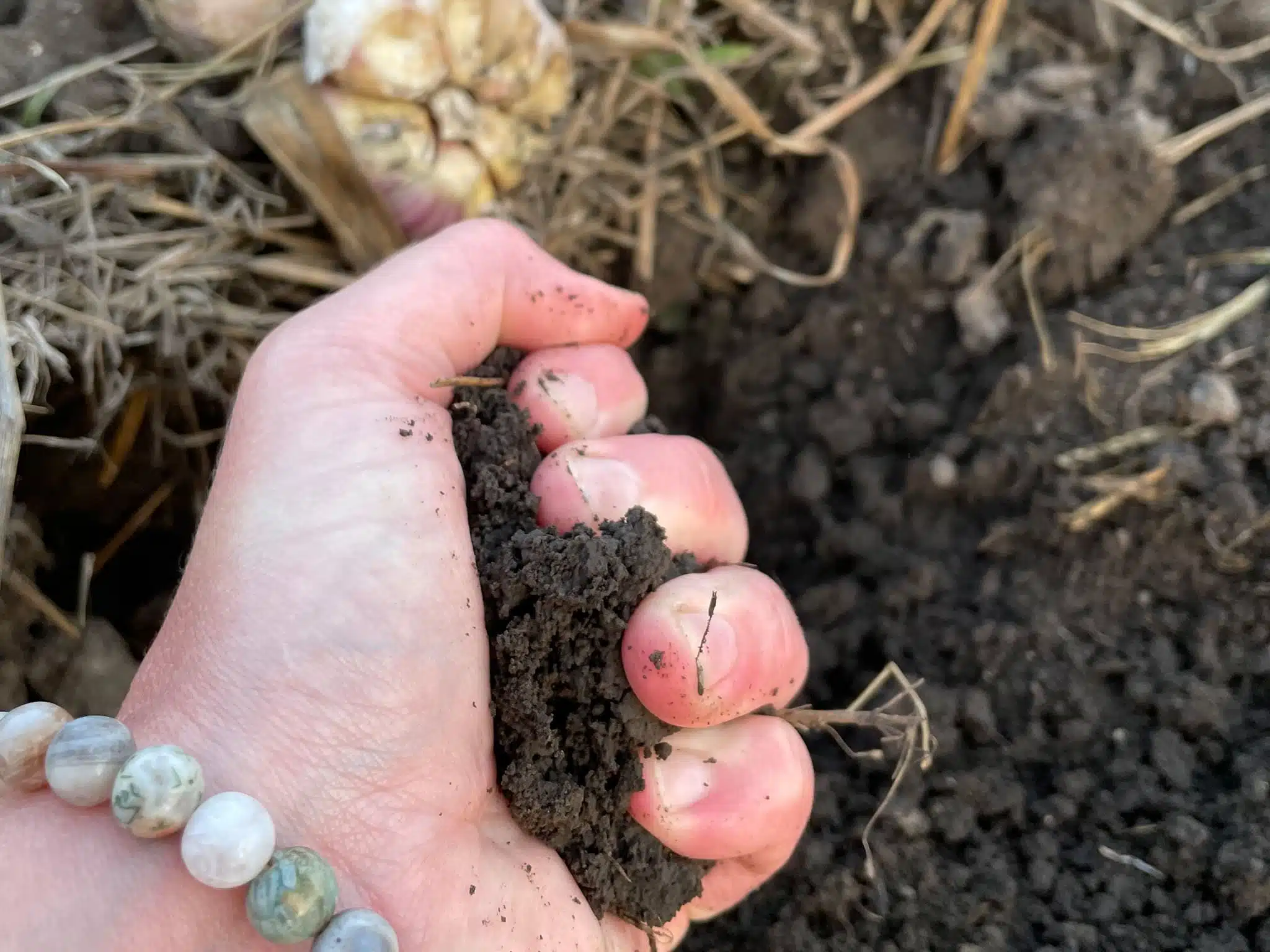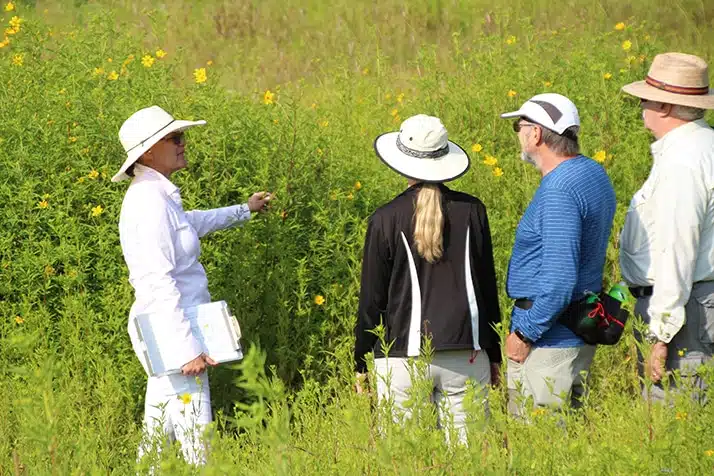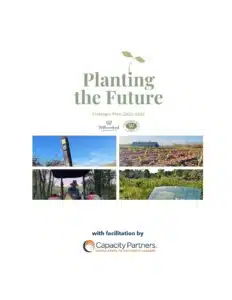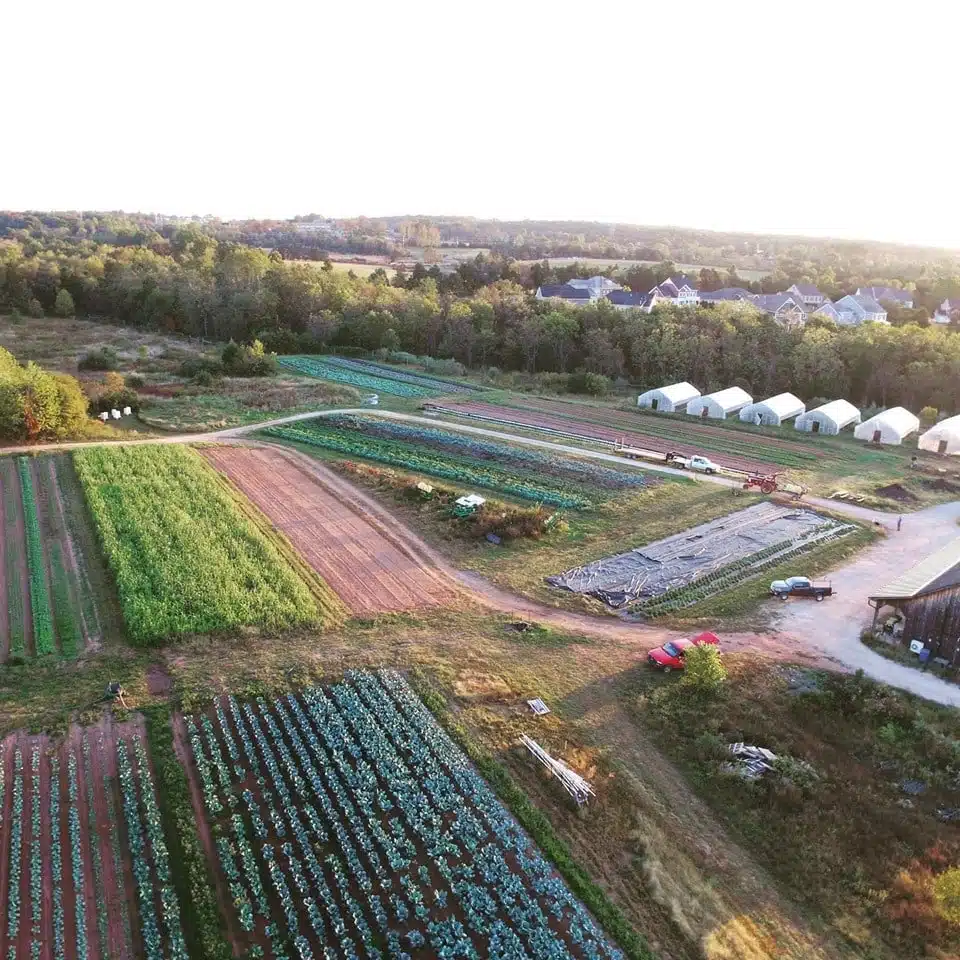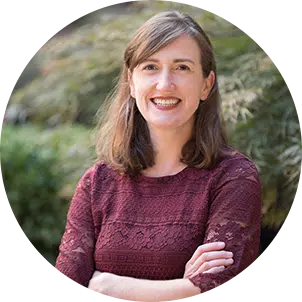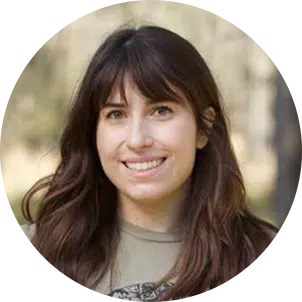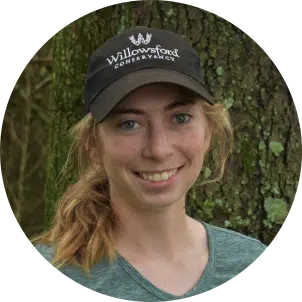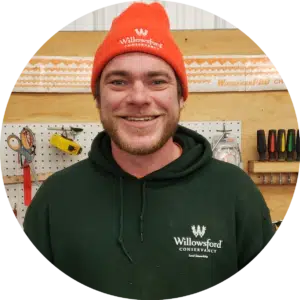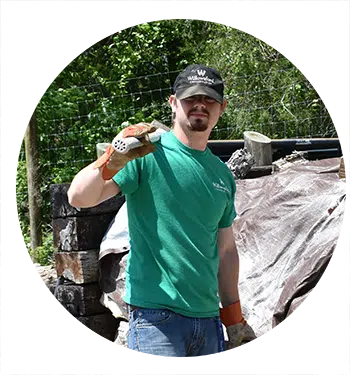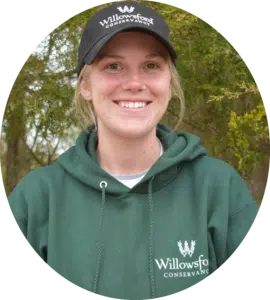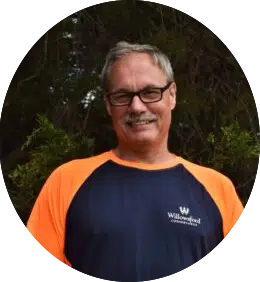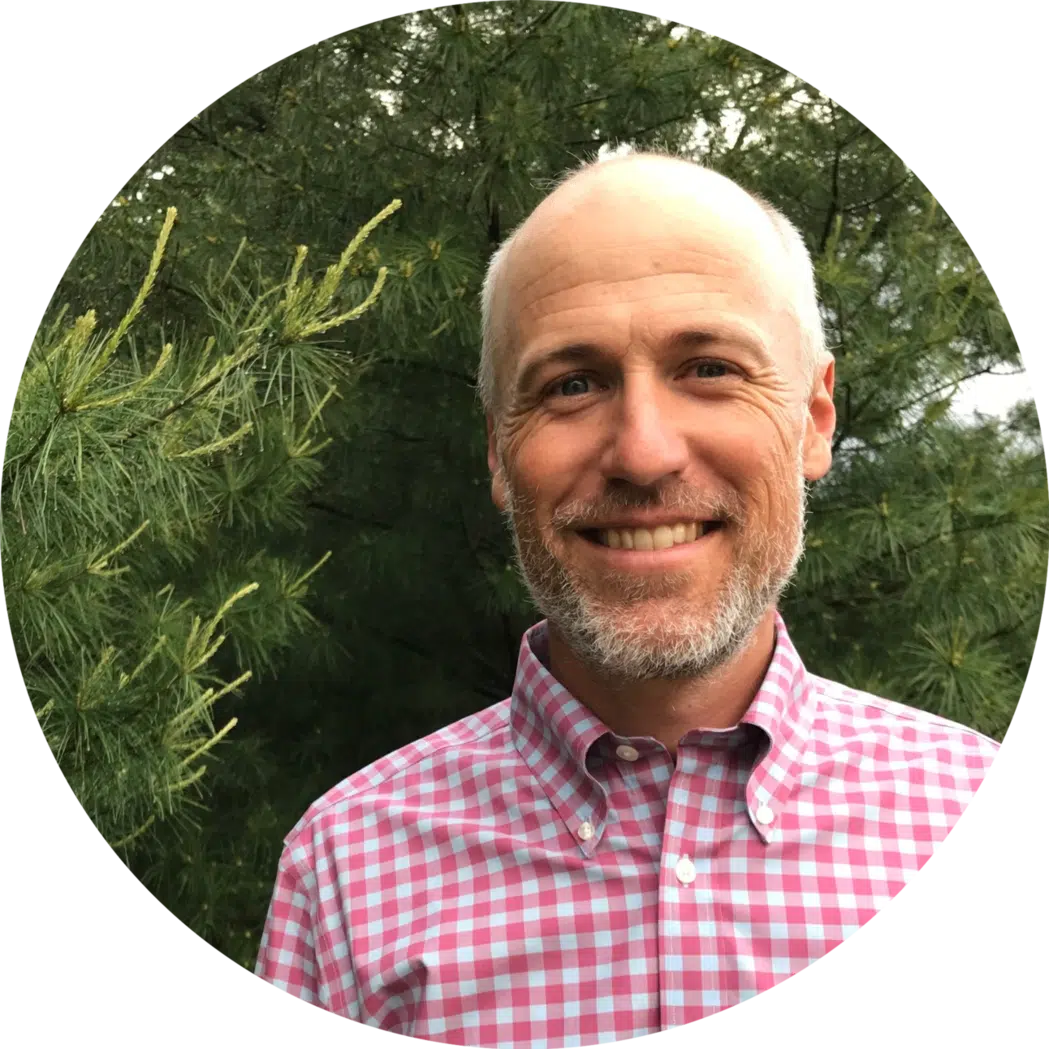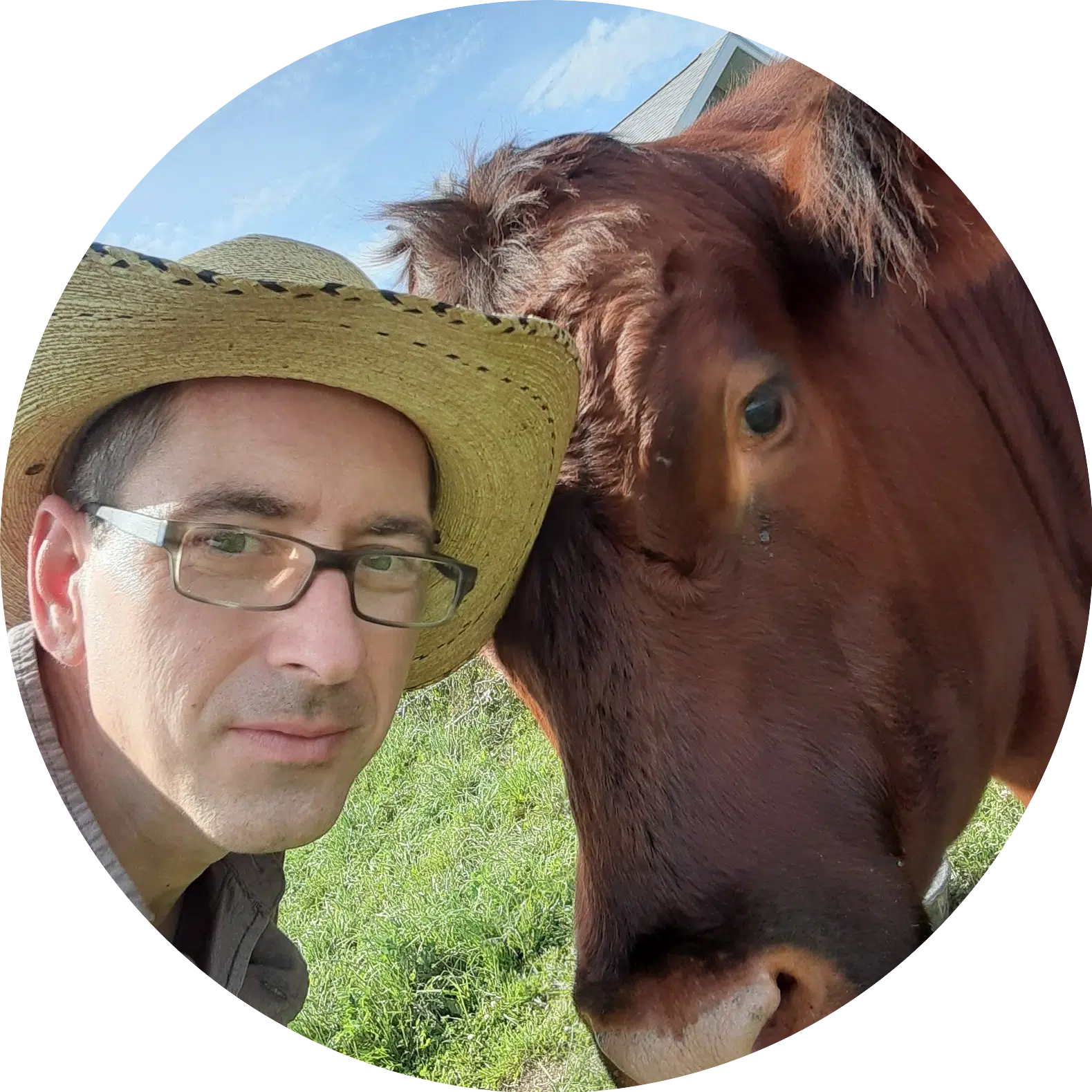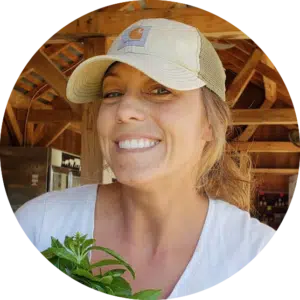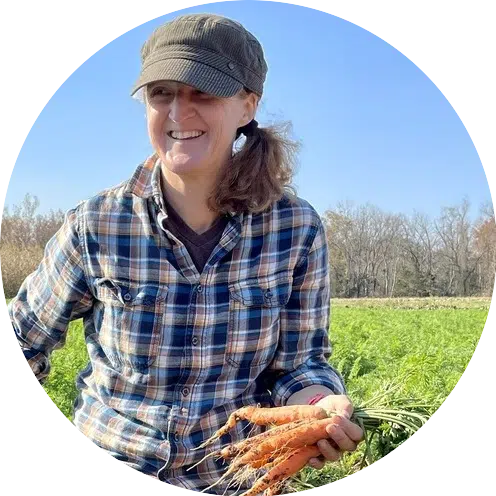The Conservancy Mission
Is to protect our land and promote conservation and sustainable farming so that our community discovers a deeper connection to nature and each other.
Our guiding principles:
Conservancy Board of Trustees
Conservancy Staff
Our Environmental Seeds
For some of us, we can recall the moments from our youth when our environmental seeds were planted. For many, it was through our parents and their guidance in nature : a routine hike, a family camping trip, a walk along the river’s edge to skip rocks or dig in the mud, building forts under our favorite tree, eating a fresh snap pea in the garden, or through attending a ranger led program at a nature preserve. And for some, those seeds grow into adulthood, producing humans who make it their life’s work to serve, protect, and share the natural world with others.
Each of our staff members can vividly remember those pivotal moments that planted the seeds that would bring us to where we are today. Read our stories below.
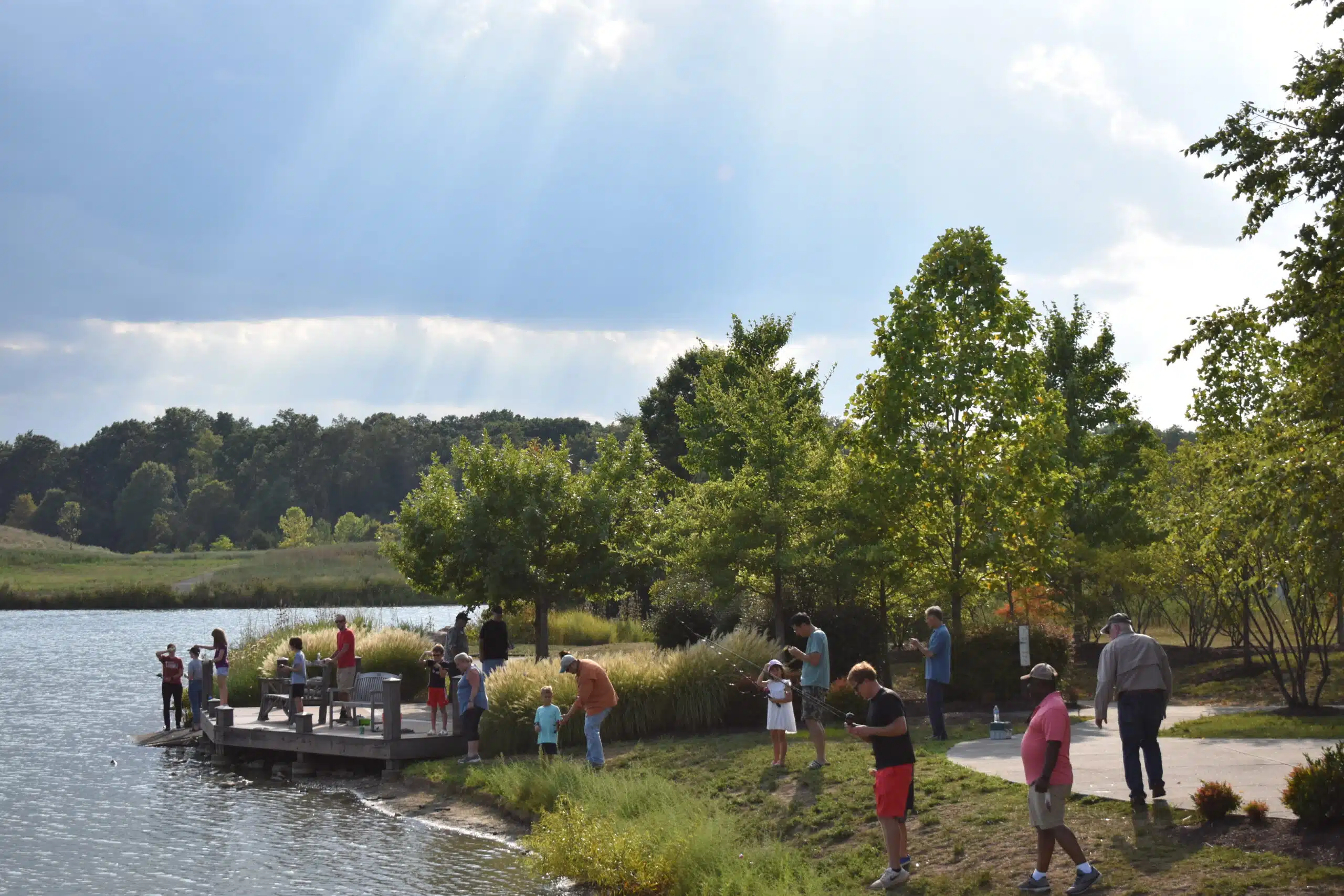
Job Openings
When available, we will post open positions here for our Farm team, Land Stewardship team, and Programs & Operations team. If you don’t see a position relevant to your area of expertise, please check back at a later date.
We currently don’t have any openings, but will post them here when we do.
Reports
Annual and financial reports allow us to share information with Willowsford residents and others who support the Willowsford Conservancy.

